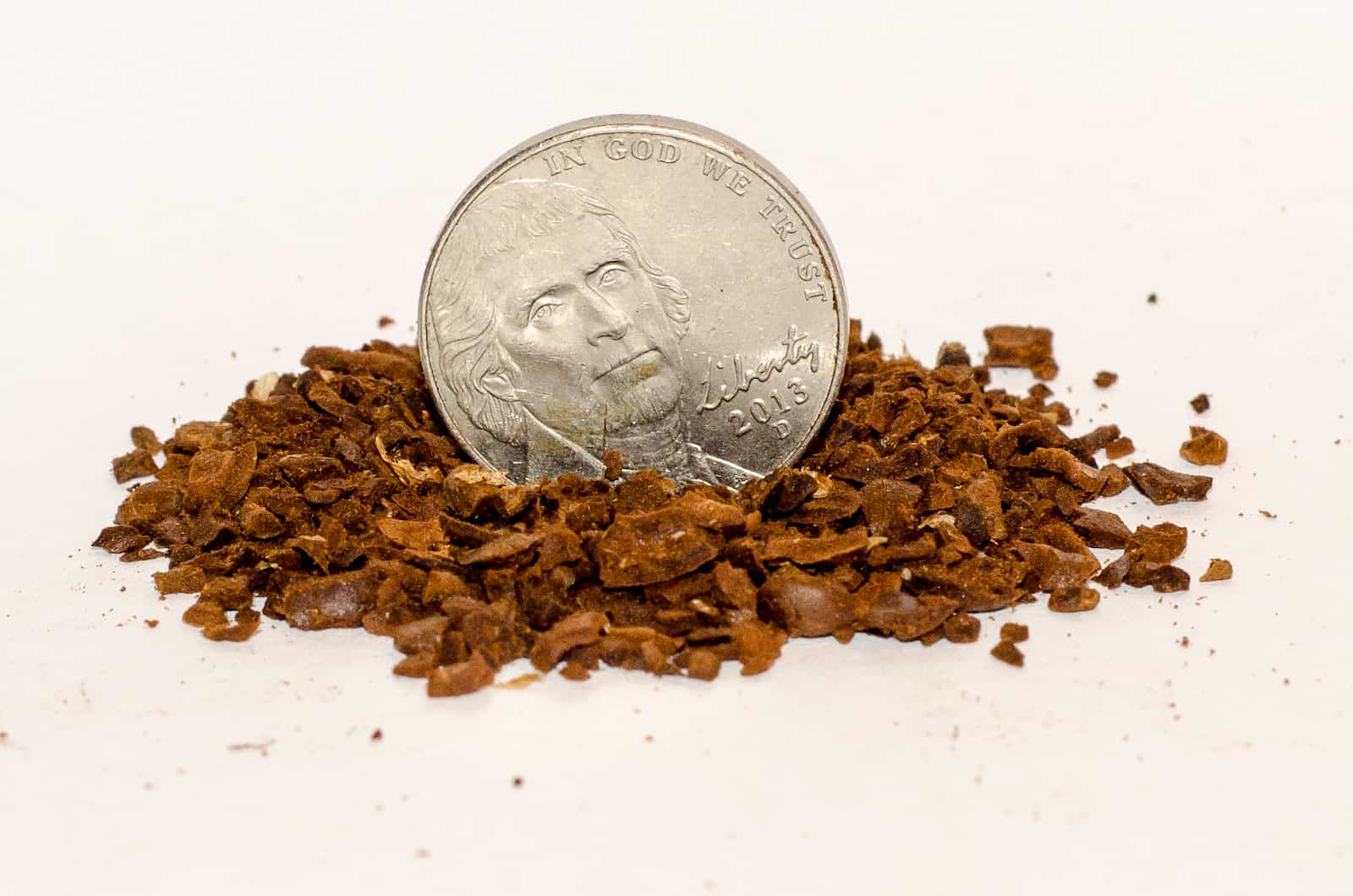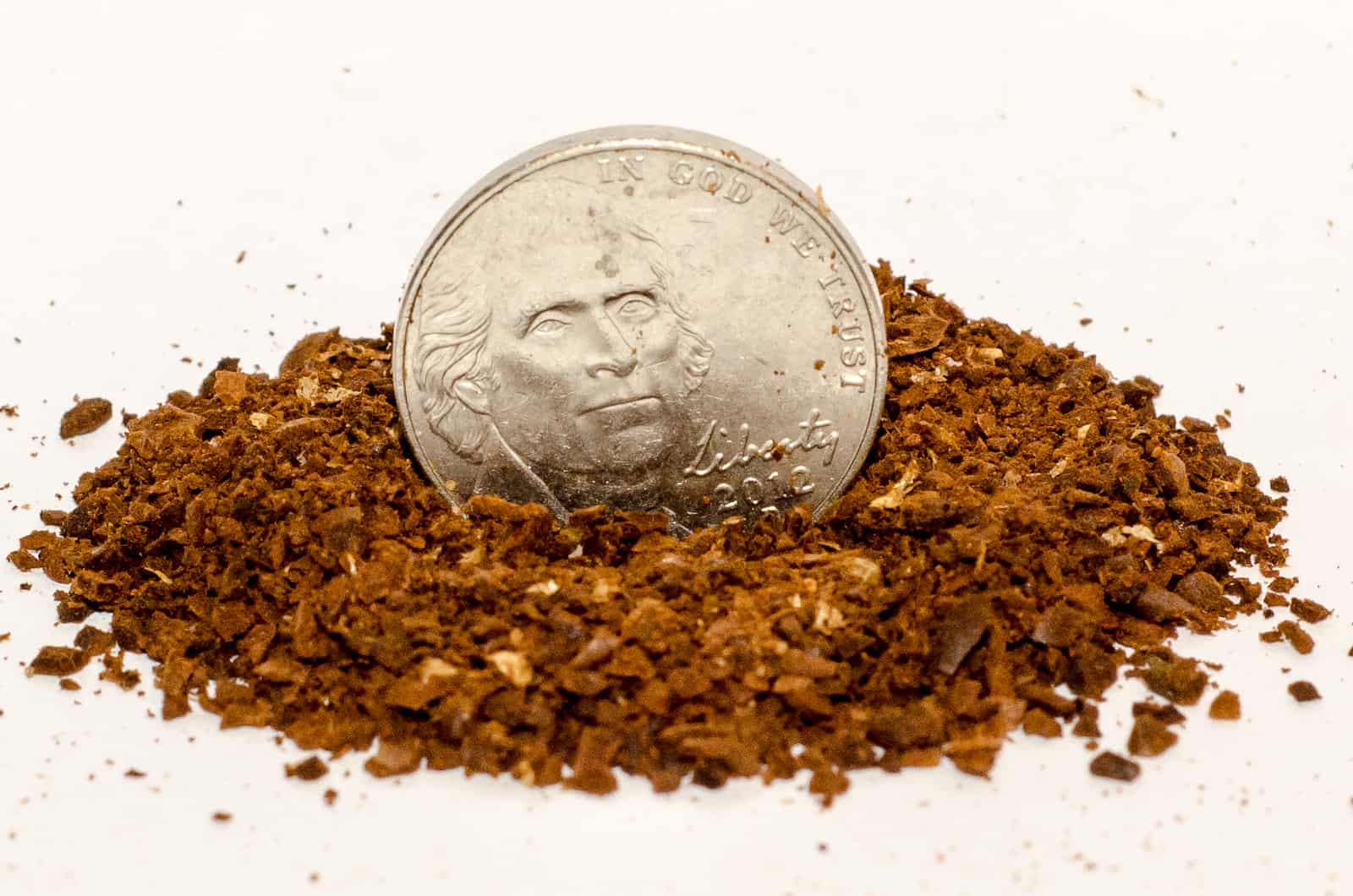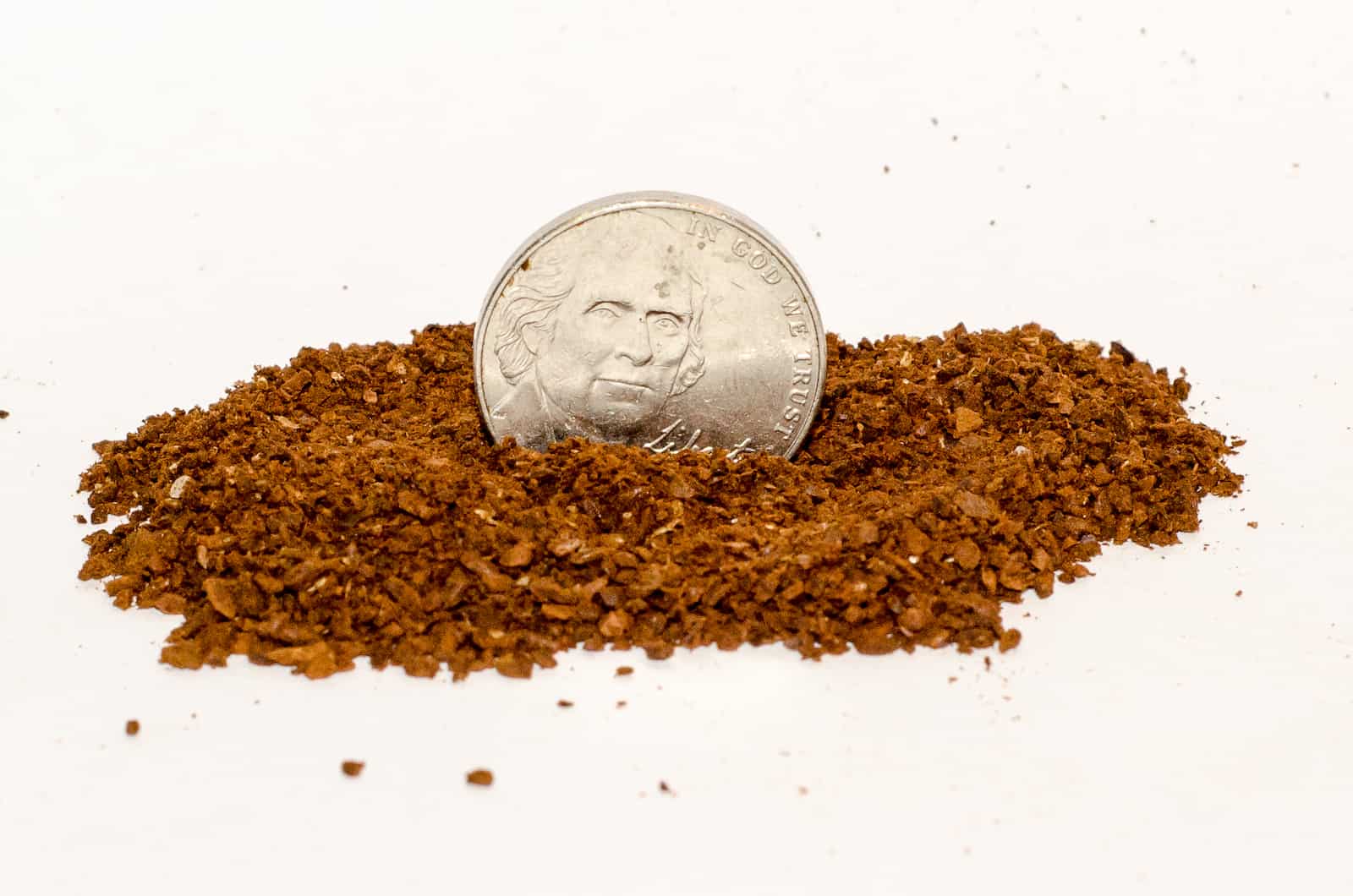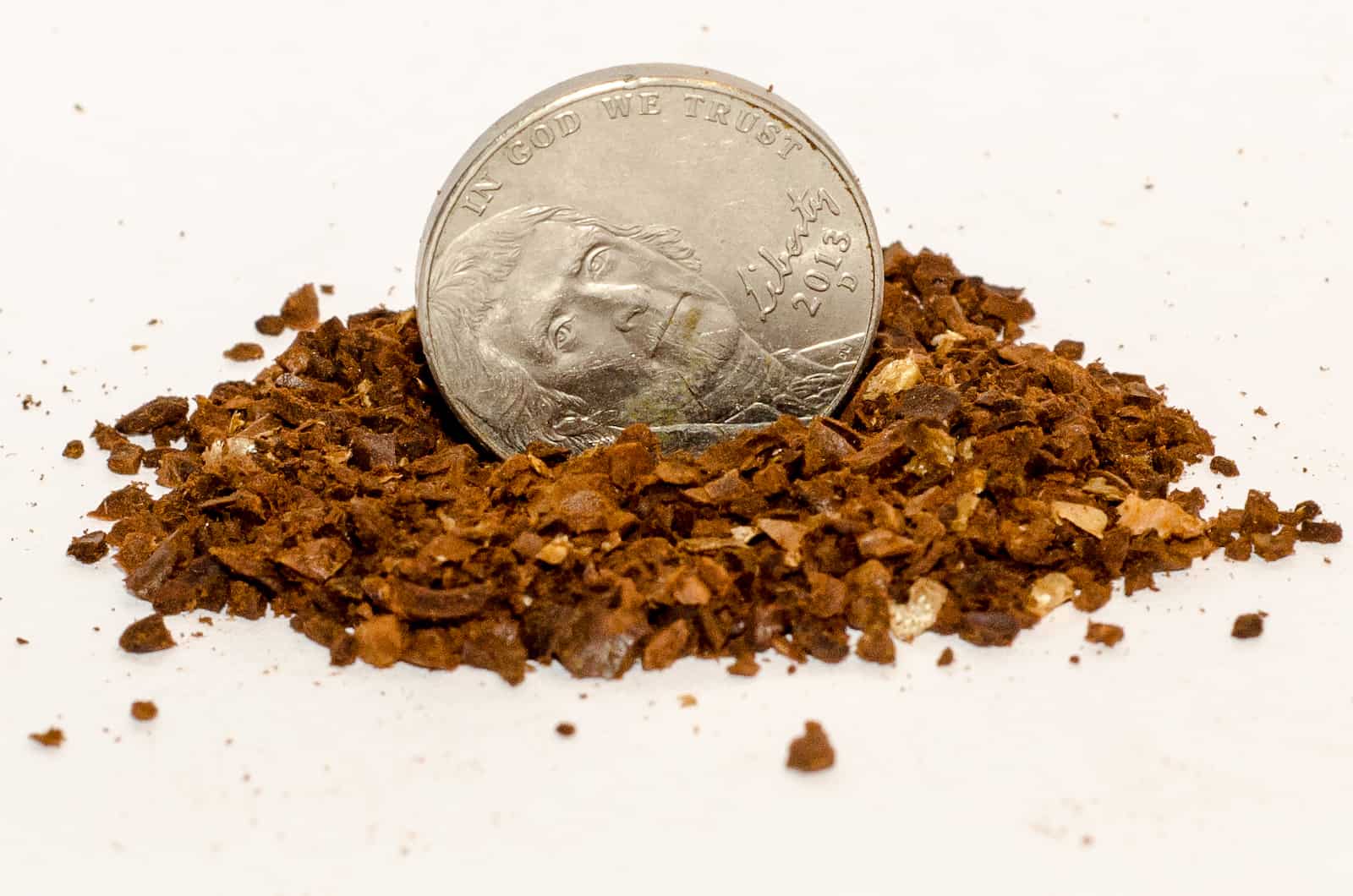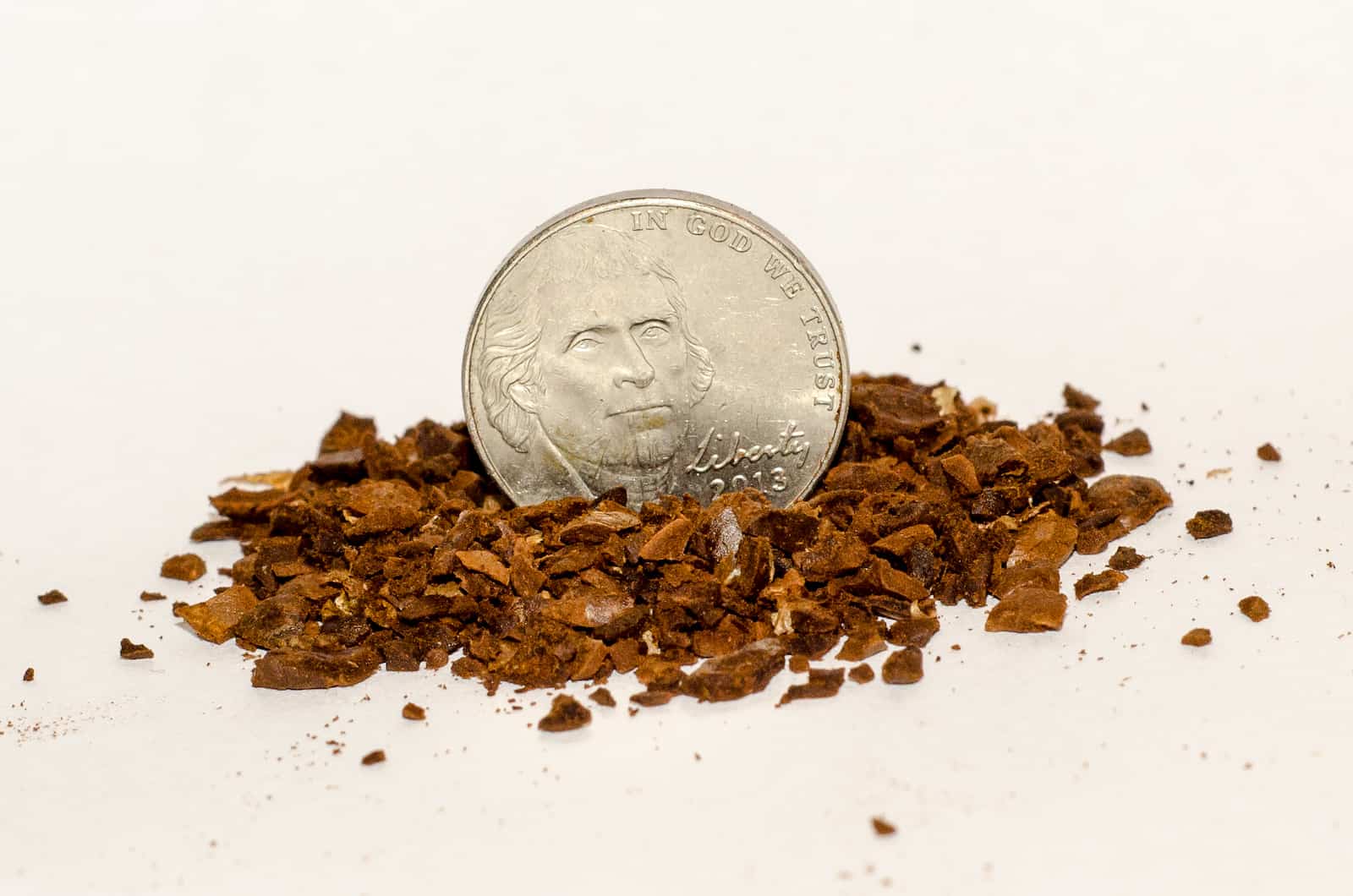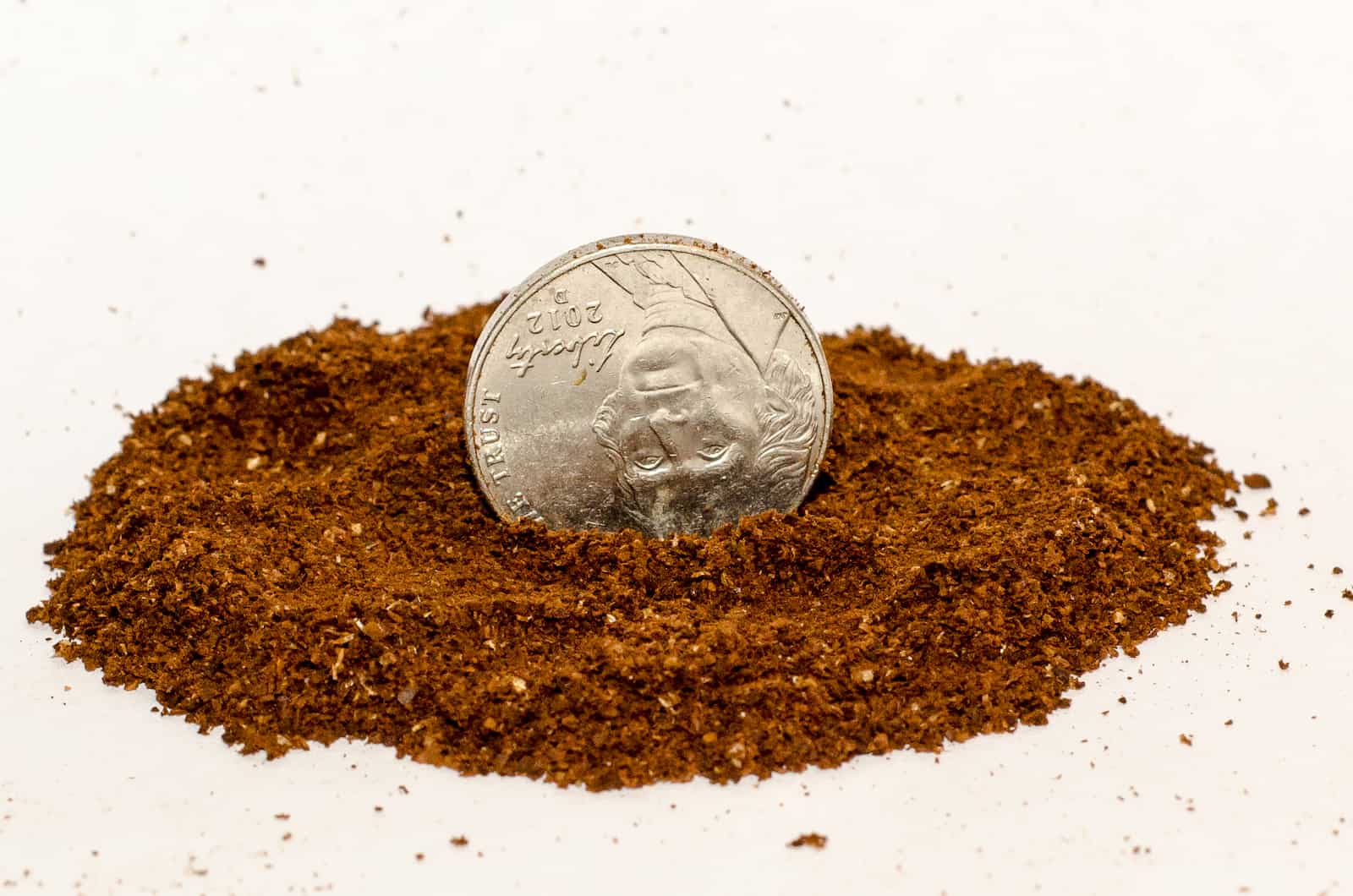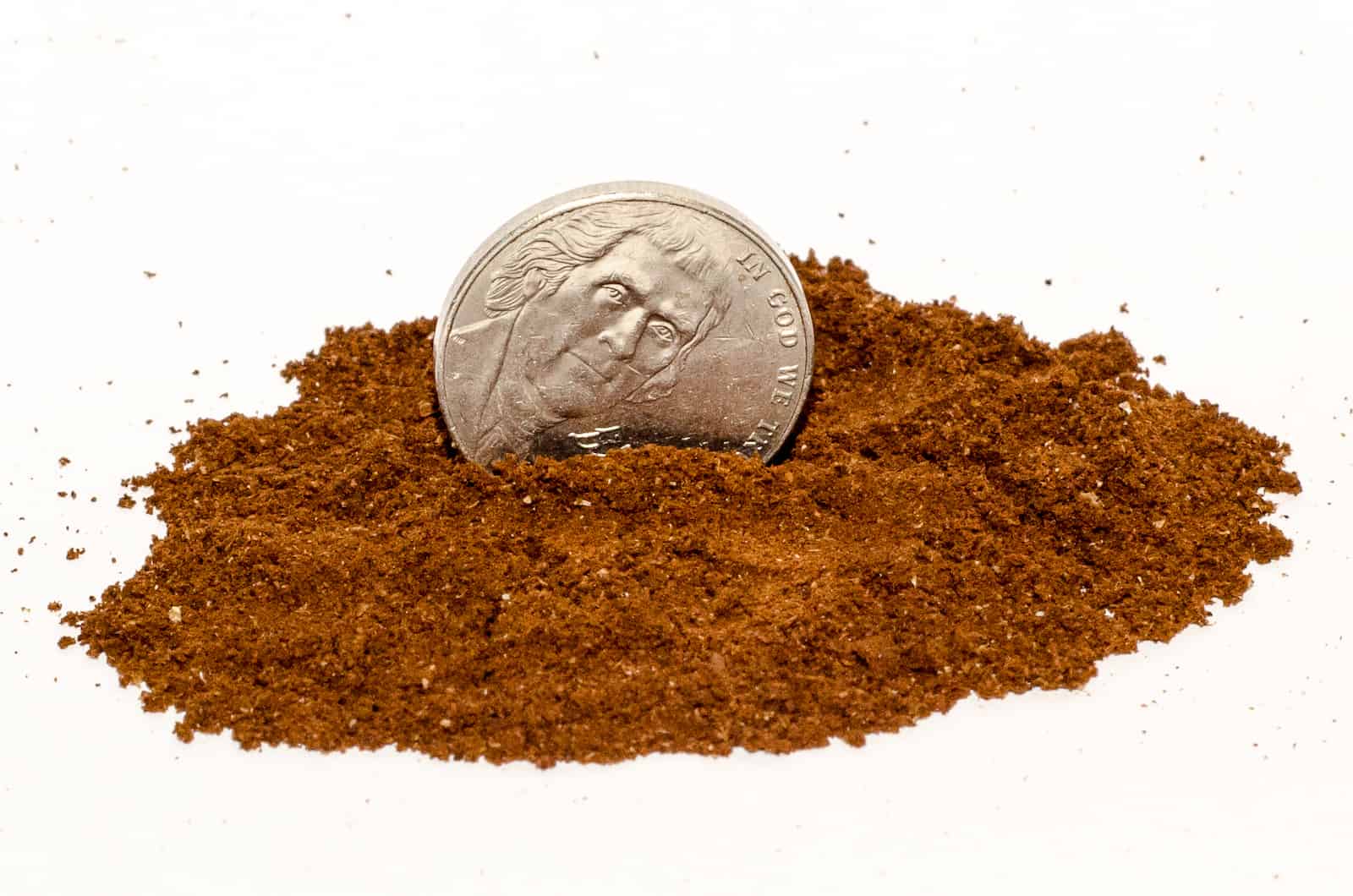Coffee Grind Size for Every Brewing Method
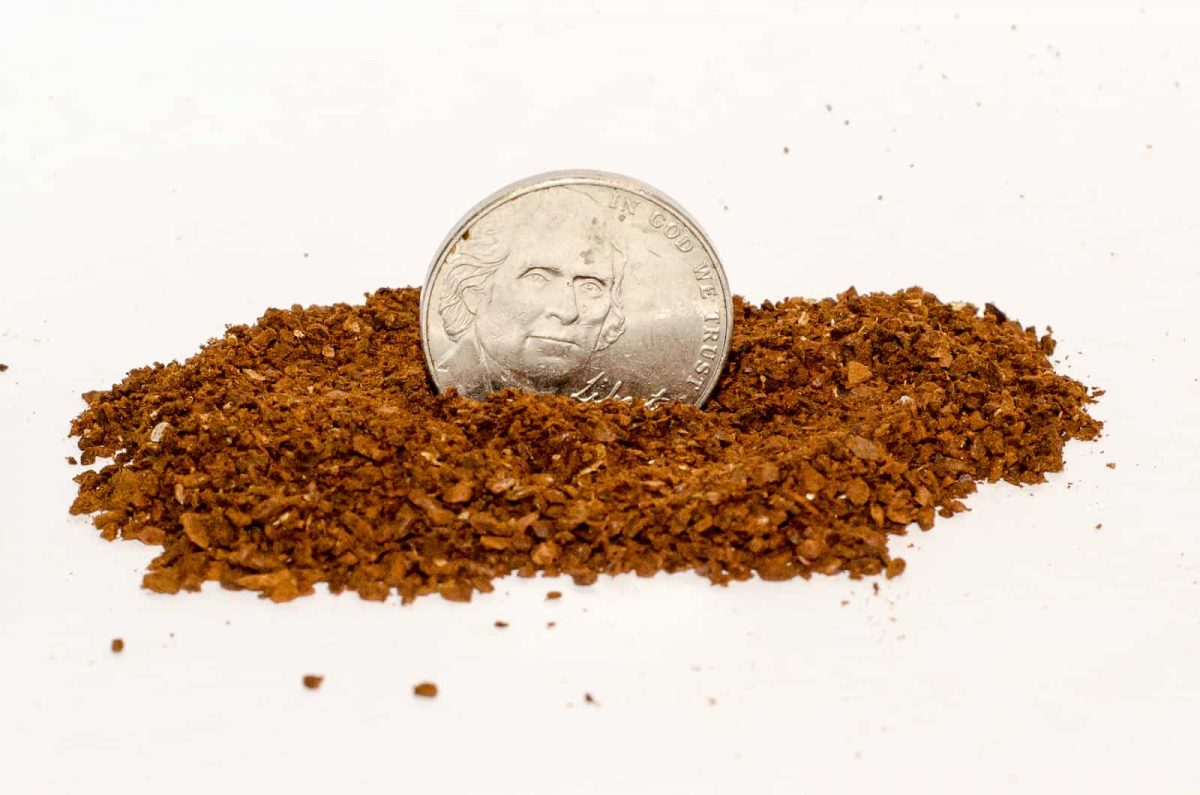
I’ve talked many times here about the importance of freshly ground coffee, how it can completely change your perspective on what a “good” cup of coffee really is. To truly experience the gift of fresh coffee, though, you have to know how much to grind it.
The range of grind levels typically runs from extra-fine to extra-coarse. Which one you choose depends on your brewing method because their different approaches to brewing all require a different grind size. Read on to see what the ideal grind size is for your favorite brewing method.
Choose Your Brewing Method
Ideal Grind Size for French Press
A coarse grind is best for a French Press.
The French Press is a popular brewing method, and it is easy to see why. It is simple, inexpensive, easy to clean, and it makes a great cup of coffee. Many people are turned off by their first French Press experience, however, because they are not using an appropriate grind size.
By sticking with a coarse grind, you take advantage of all the French Press has to offer without the negatives. Since this method involves immersion, all of the coffee will be saturated throughout the brew time. That means you want a larger grind so it isn’t over extracted.
The coarse grind also allows you to filter the coffee when plunging without letting lots of fines sneak by. That leads to silty coffee and a stiff grimace for the last sip of the mug.
Note that some modern French Presses can be used with paper filters, and some have fairly tight microfilters. This allows you to try a finer grind, which means you can experiment with brew time and find something that suits your taste.
Ideal Grind Size for AeroPress
A variety of grinds will work well with the AeroPress.
The beauty of the AeroPress (or one the beauties, since there are many) is that its unique design allows for versatility in brewing. The thick paper filter is capable of keeping out both fine and coarse grounds, so you can experiment with your brewing.
A good place to start is with a medium grind, somewhere between sea salt and table salt. This will allow you to brew for a couple of minutes, and the plunging won’t be too difficult. You can also go for a short brew (less than a minute) if you use a fine grind. For a medium-coarse to coarse grind, you can brew between three to five minutes.
The grind size you choose will affect the flavor, of course, but it will also affect how much pressure you need to plunge the coffee. The finer the grind, the more pressure required. This will, in turn, affect the flavor and body of the coffee as well.
Ideal Grind Size for Pour Over Coffee (Hario V60, Kalita Wave, Bee House)
A medium-fine grind is a good starting point for pour over coffee.
Pour over grind size can be a bit tricky because the grind affects different variables in the brew. Not only does the grind size change the overall flavor, but it also helps determine the brew time.
For most cone-shaped pour overs (Hario V60, Kalita Wave, Bee house, etc.), medium-fine is the best setting to start experimenting with. Brew in the middle, then test your results. If your coffee is too sour, you’re under extracted, which means you’ll want a finer grind. If it is too bitter, on the other hand, you should try a coarser grind.
Like with the Chemex, if you find that your pour over is brewing too quickly (which will differ depending on the brewer), you can try using a finer grind. If it is taking too long to brew, you might want to go a few notches more coarse.
Having said that, with so many different pour over designs, you’ll likely want to start with whatever the manufacturer recommends, then adjust as needed. This is because the different designs lead to a different flow rate and affect extraction.
With some brewers, like the Clever Dripper, you can control the brew time, which means you have more options with grind size.
Ideal Grind Size for Chemex Brewer
A medium-coarse grind works great in a Chemex Brewer.
The iconic pour over brewer has a thick paper filter, but that doesn’t mean you should use a fine grind. If you do, you’ll find that the filter clogs and slows your pour over. Instead, use a medium-coarse grind in the Chemex to balance extraction and brew time.
A medium-coarse grind allows the Chemex to keep your flow rate steady, which should give you a brew time of around three and a half to four and a half minutes. If it is faster than that, you should try a slightly finer grind. If it is slower, you might need to go just a bit more coarse.
Ideal Grind Size for Automatic Drip Machines
A medium grind works well for most automatic drip machines.
The most popular coffee equipment for many households, the automatic drip machine makes coffee convenient and quick. But just because the machine is automatic, that doesn’t mean you have no say in the final results.
By using the proper grind size (and freshly grinding, of course), you can get the most out of your drip coffee maker. For machines with cone-shaped filters, this usually means starting with a medium-fine grind. For flat-bottomed filters, you might want to start with medium.
In each case, the shape of the filter and filter basket affect how long the water takes to pass through the coffee. The cone-shape means less time, thus the finer grind. With the flat-bottom, your coffee will be immersed in water for longer, so a medium grind is a good start.
As with other methods, you’ll want to experiment, especially since the grind size it one of the few variables you can control in a drip machine.
Ideal Grind Size for Cold Brew Coffee
An extra-coarse grind is best for cold brew coffee.
As the brew method with the longest extraction time, cold brew coffee does not require as much surface area to fully extract flavor from the grounds. If you try to brew cold brew with a fine grind, you’ll end up with a bitter, over extracted result even though you’re using cold water.
You will also have to deal with straining all those fine particles once you’re finished brewing. Using an extra-coarse grind allows you to achieve the smooth, subtle flavor that many people enjoy in their cold brew.
Ideal Grind Size for Stovetop / Moka Pot
A fine grind is best for a Stovetop / Moka Pot brew.
If you have travelled (or live) in Europe, you have likely come across a Moka Pot. If you want to make a tasty cup on this classic, simple brewer, you will want to start with a fine or medium-fine grind.
Since the brew time is relatively short (even if it doesn’t feel like it while you’re waiting forever for the water to boil), you want a fine grind to properly extract all those wonderful flavors from your coffee. If you find that it is on the bitter side, try a little more coarse the next brew.
Like with pour overs, there are many different manufacturers and models of moka pot, so you’ll want to experiment with your own to find the sweet spot.
Ideal Grind Size for Espresso
A fine grind is best for Espresso.
Without a fine grind in your portafilter, you won’t be able to build up the necessary pressure to pull a proper shot. You also want that fine grind because the brew time is so short. You need maximum surface area to fully extract the coffee in such a short time.
Don’t go too fine, of course, or the water won’t go through at all, which is another problem altogether. And always use a burr grinder for best results.
You will also want to tune in your coffee grinder to find exactly what setting your need for your espresso machine. While fine is a good starting point, you may need to adjust up or down slightly depending on your machine’s particular needs.
Ideal Grind Size for Percolator Coffee
A coarse grind is best for a Percolator brew.
As a straightforward, simple method of brewing, percolator coffee strikes a chord with many traditionalists who don’t want any fancy equipment (or even electricity) to make tasty coffee. Others have had negative experiences drinking bitter, sludgy coffee from a percolator.
To get a decent result, you’ll want to use a coarse grind because the filtration system in a percolator is not fine. This will help minimize the floaters and extra residue at the bottom of your cup.
It will also help with over extraction. Because percolators brew at a high temperature and cycle the coffee multiple times, they tend to pull too many solubles from the beans, overpowering you with acidity. A coarse grind reduces the surface area exposed to the water during the cycle, so it can help make a more pleasing pot from the percolator.
Ideal Grind Size for Turkish Coffee
An extra-fine grind is needed for Turkish Coffee.
The quick brew time and bold, sludgy nature of Turkish Coffee means you’ll need the finest grind possible. With Turkish, you are accepting that a “clean” cup is not the goal, so there’s no need to worry about fines or filters.
If this is your preferred method, you likely have a specialty coffee grinder because most typical grinders can’t produce the fine grind needed for Turkish. Certain manual coffee mills will work, but it does take some time to get the super-fine grind you need.
Ideal Grind Size for Siphon / Vacuum Brewing
A medium grind works well for siphon and vacuum brewing.
While the siphon or vacuum brewers look like something out of this world (or from the lab), they are basically a cross between immersion and drip brewing. With most setups, you should expect an extraction time of around three minutes.
That means that a medium grind is a good starting point. And since these setups typically use a paper filter, you won’t have to worry about fines sneaking through to give you a silty cup.
As with the other brewing methods, you’ll want to adjust your grind with siphon brewing to get you the best cup possible.
Takeaway
With so many variables involved in brewing great coffee, it can feel a bit overwhelming at times. Fortunately, achieving a proper grind size will set the rest of your process up for success. It’s also one of those variables that involves endless tinkering, especially as you take more control over the brewing process. Enjoy and let me know your favorite recipes.
